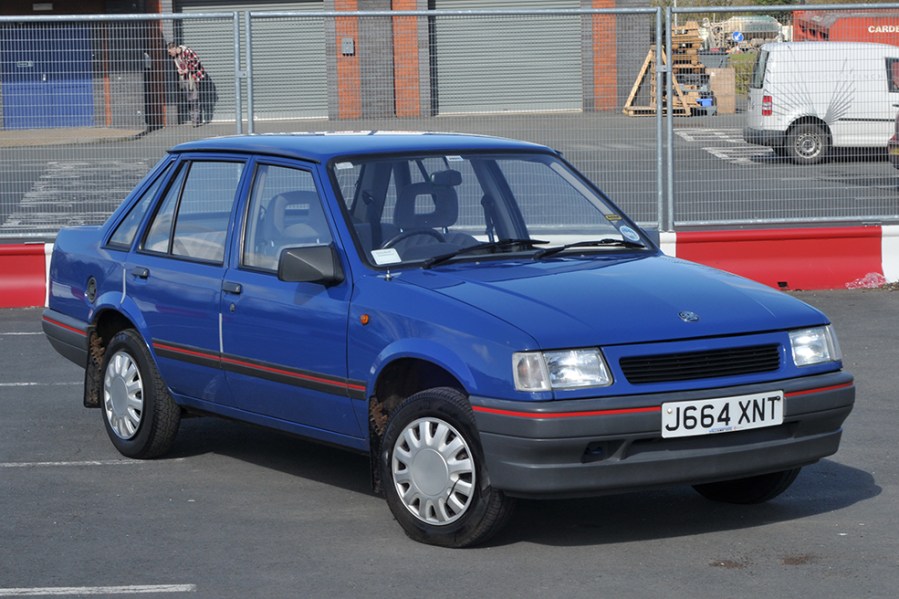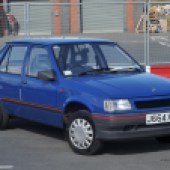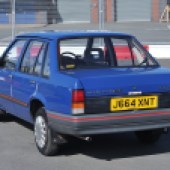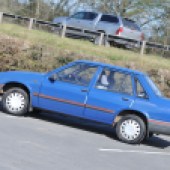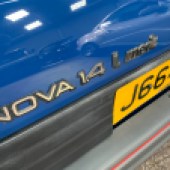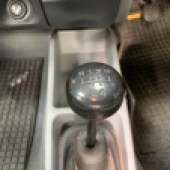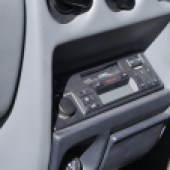We revisit a car which was once as common as Woolworths but has since become a real rarity – the Vauxhall Nova
Words and images: Paul Wager
Attempting to describe the Vauxhall Nova to someone unfamiliar with the early 80s British car market would possibly be something of a struggle: it was called the Nova here, but only in the UK, since the Vauxhall brand had been phased out in Ireland and they used the name by which the rest of Europe knew the car: Corsa, which to add further confusion was a product of the Opel marque and not a Vauxhall, the Luton brand by then being purely limited to the UK.
Oh and history throws in a further dash of confusion since GM’s UK management referred to the car as being the ‘S83’ platform in internal communication of the day whereas it’s better known worldwide as the GM4200 platform. Oh and magazines of the day confusingly referred to it as the ‘S-Car’, despite it coming after the ‘T-Car’ Chevette…
There is, of course, a far easier way to identify the car which replaced the Chevette as GM’s small car for Britain: it’s the only entry-level hatchback which came straight from the factory with pumped-up box arches looking like a refugee from a forest stage.
The story of the Nova in many ways perfectly illustrates the challenges faced by General Motors in Europe, both back then and in more recent times. The Nova – or rather, the Corsa – had been developed as a thoroughly modern replacement for the rear-drive Opel Kadett and its Vauxhall Chevette cousin which were by then showing their age, having been designed originally to compete with the Mk2 Ford Escort rather than face up to the new wave of VW Polo and Fiat 127.
Perhaps unsurprisingly, the bulk of the development work had taken place by Opel in Germany, but the car would be manufactured at GM’s plant in Zaragoza, Spain and it was this which delayed its introduction to the UK market.
GM’s British workers, quite correctly seeing the new car as a replacement for the Chevette then being built at Luton and Ellesmere Port, were concerned over potential job losses, while import duties also proved controversial: at the time of the Nova’s launch, Spain was still three years away from European Union membership and the disparity in tariffs was significant: Novas imported to the EU from Zaragoza faced a 4.4% tariff while exports to Spain were charged more than 36%. As was the norm back then, industrial action was the result, lasting seven months with unions threatening to block the import of the cars.
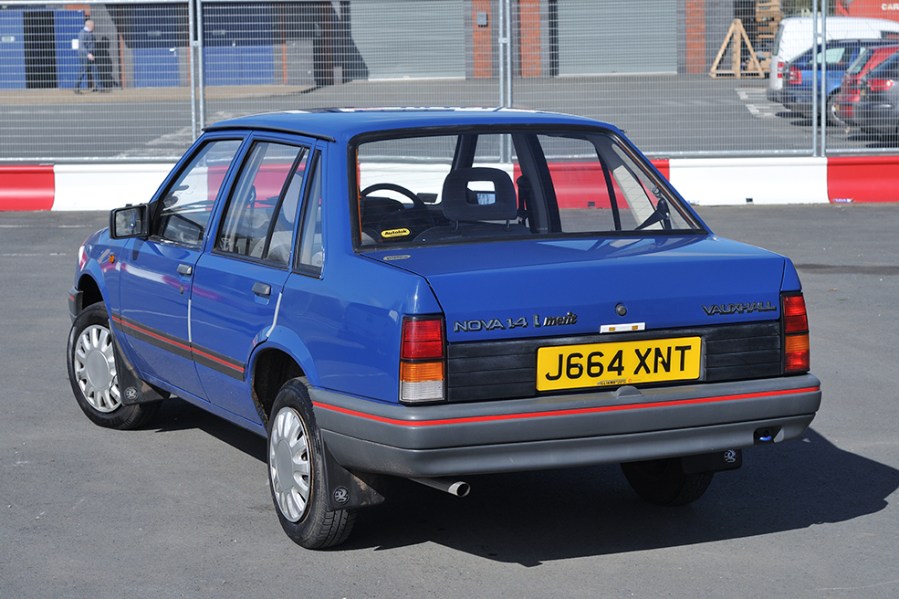
Despite the delay, the Nova was thoroughly up-to-date when it appeared here in 1983 and making much of the competition look overdue for a makeover. The Vauxhall-Opel family resemblance was clear to see, with the sharply raked nose and big rectangular lamps recalling both Astra and Cavalier, while the attention to detail in wind tunnels both at Stuttgart university and Pininfarina had paid off with impressive aerodynamics. The headline figure was 0.36Cd for the three-door hatch which bettered all the opposition, with the dealer information pack proudly pointing out how the wheelarch blisters smoothed the airflow past the wheels.
Sadly, it was only the three-door hatch which enjoyed the box arches, the five-door and saloon looking decidedly more conventional. The saloon in particular was touted by Vauxhall’s marketing people as offering a significant competitive advantage, since – in the UK, anyway – few of the competitors were offered in three-box form.
Underneath, it was all very much standard early ’80s supermini, with MacPherson struts up front and a torsion beam rear axle, although GM had used the compact ‘Minibloc’ coil springs as debuted on the Mk2 Cavalier to improve load space.
Engines were similarly standard fare for the period, encompassing the GM ‘Family 1’ overhead-cam unit in 1.0, 1.2 and 1.3 guises, later joined by an injected 1.6-litre unit to create the much-loved GTE (later badged GSi).
Once sales began in the British market, the Nova was a massive success and would be destined to live on until 1993, facelifted in September 1990 to keep it fresh-looking although by then the tables had turned and the new wave of neat-looking Pininfarina-styled Peugeots among others was making it look dated.
Nova spotters will already have noted that the car we have here is one of the facelift models, identifiable from its revised front end styling and in fact it’s one of the last, leaving Zaragoza in the spring of 1992.
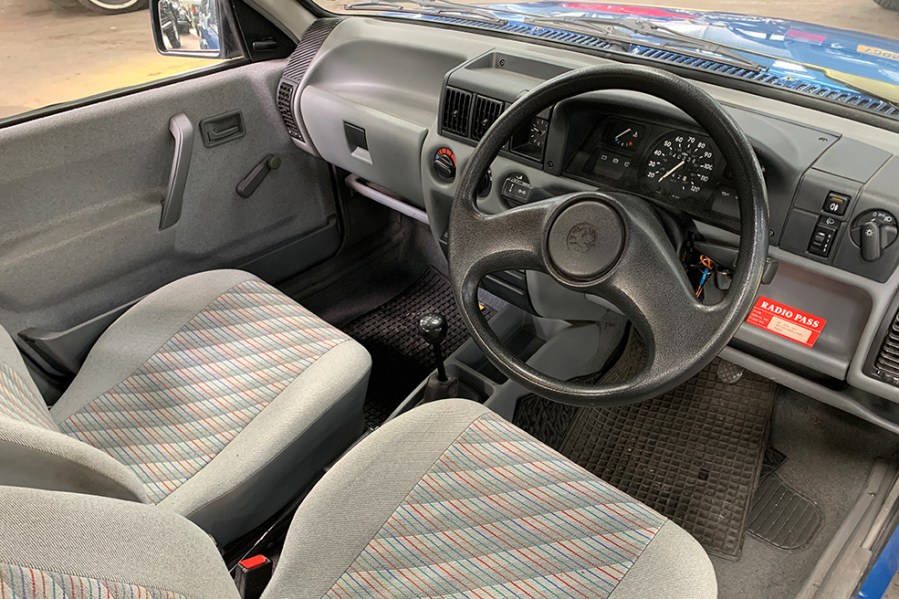
This in turn means that it was produced after the date at which catalytic converters became mandatory, something which explains the ‘i’ in the badge. An injected 1.4-litre unit had been introduced in 1988 badged as SRi to sit below the full-fat GTE/GSi and this is a single-point injected version of the same unit.
The single-point injection engine was a short-lived phenomenon and was directly related to the need to add catalytic converters to existing designs. Essentially the catalyst required a closed-loop control of the fuel-air ratio which could only be achieved by electronic fuel injection and an exhaust oxygen sensor, but as a cost-saving measure many manufacturers fitted a simple system consisting of a single fuel injector sited in the intake manifold and directly replacing the carburettor.
It worked well enough and as well as the environmental benefits from the cleaner exhaust, the injected engines offered better cold running and generally smoother power delivery – often accompanied in the case of the Vauxhalls by a characteristic ticking sound from that hard-working injector.
This particular example is an unusually well-preserved example, complete down to the original Radio Passport card and although it may not be the frantic GSi it’s every bit as entertaining in its own way.
I’ve driven many examples of the go-faster Novas over the years including several highly modified examples with the ‘red top’ 16-valve Astra engine, but I can’t remember the last time I encountered a standard bog-basic example like this.
First impressions are of a real no-nonsense design, a car produced to be both cheap yet modern and functional without being austere. The door handle and indeed the door itself lack the solidity of a contemporary Polo but the general construction is a step up from the Metro and the Fiesta, although the interior is something of an acquired taste. The facelift brought in a smoothed-off dash design which may have been more modern in appearance but which also has something of a Lego feel to the chunky switches.
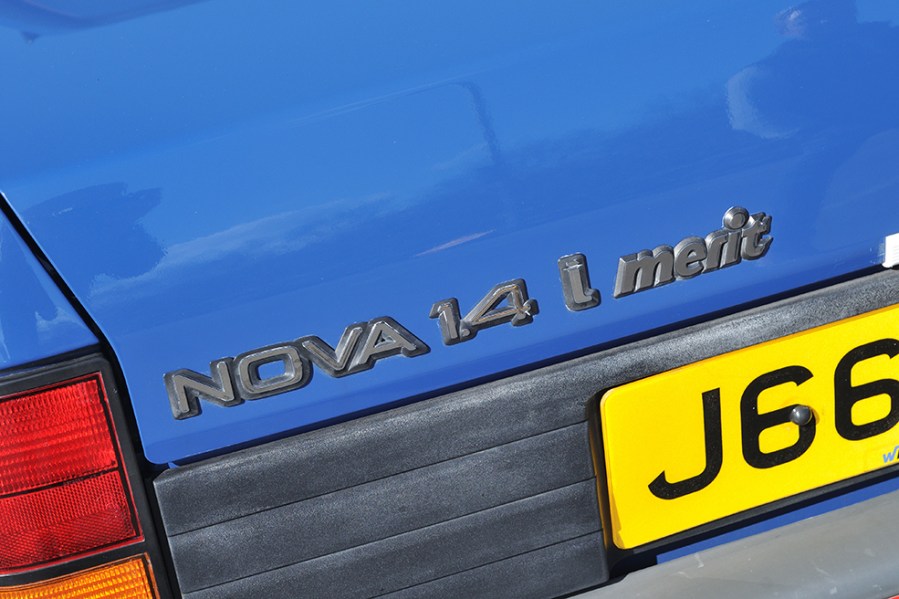
After a futile search for a choke – naturally ended when I remembered the fuel injection – the Nova springs to life on the first turn and the first impression is of a cheerfully eager powerplant. The Nova was a favourite of driving schools back in the day and after just a few metres it’s obvious why: the controls are all light, the steering is precise and the whole car is very much a fuss-free experience which does what it says on the tin. Squeezing it into tight parking spaces is a breeze, to and something Vauxhall hoped its dealers would find a useful selling point: the launch briefing points out how the cheeky kick up at the rear of the bootlid helps place the car during parallel parking.
In 1.4 form the Nova also feels unexpectedly sprightly. There’s a five-speed box but no rev counter in the bargain basement Merit spec, but the C14 motor feels eager enough even if official figures put it at 14.5 seconds to 60mph, with a top speed tantalisingly shy of the magic 100mph.
Punt it too briskly and you’re soon reminded by the body roll and skinny tyres that this is no GTE but in truth it feels remarkably modern for a design which is now 30 years old – with this particular example just celebrating its 20th birthday.
As the future of the supermini itself is called into question and Vauxhall’s future in the UK appears to involve electric vans, a brief drive in the humble Nova saloon shows just how effective GM could be on a good day.

